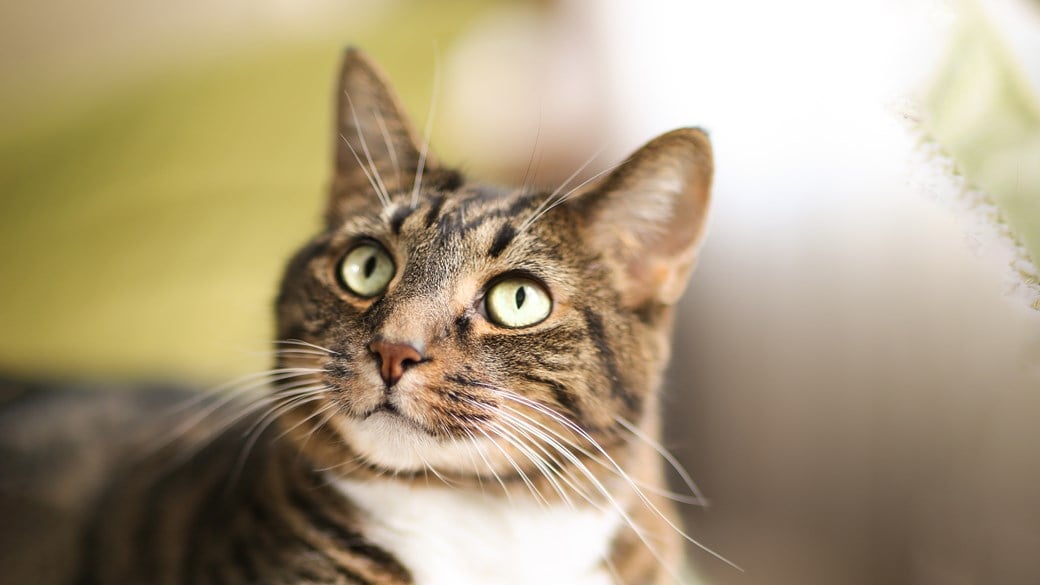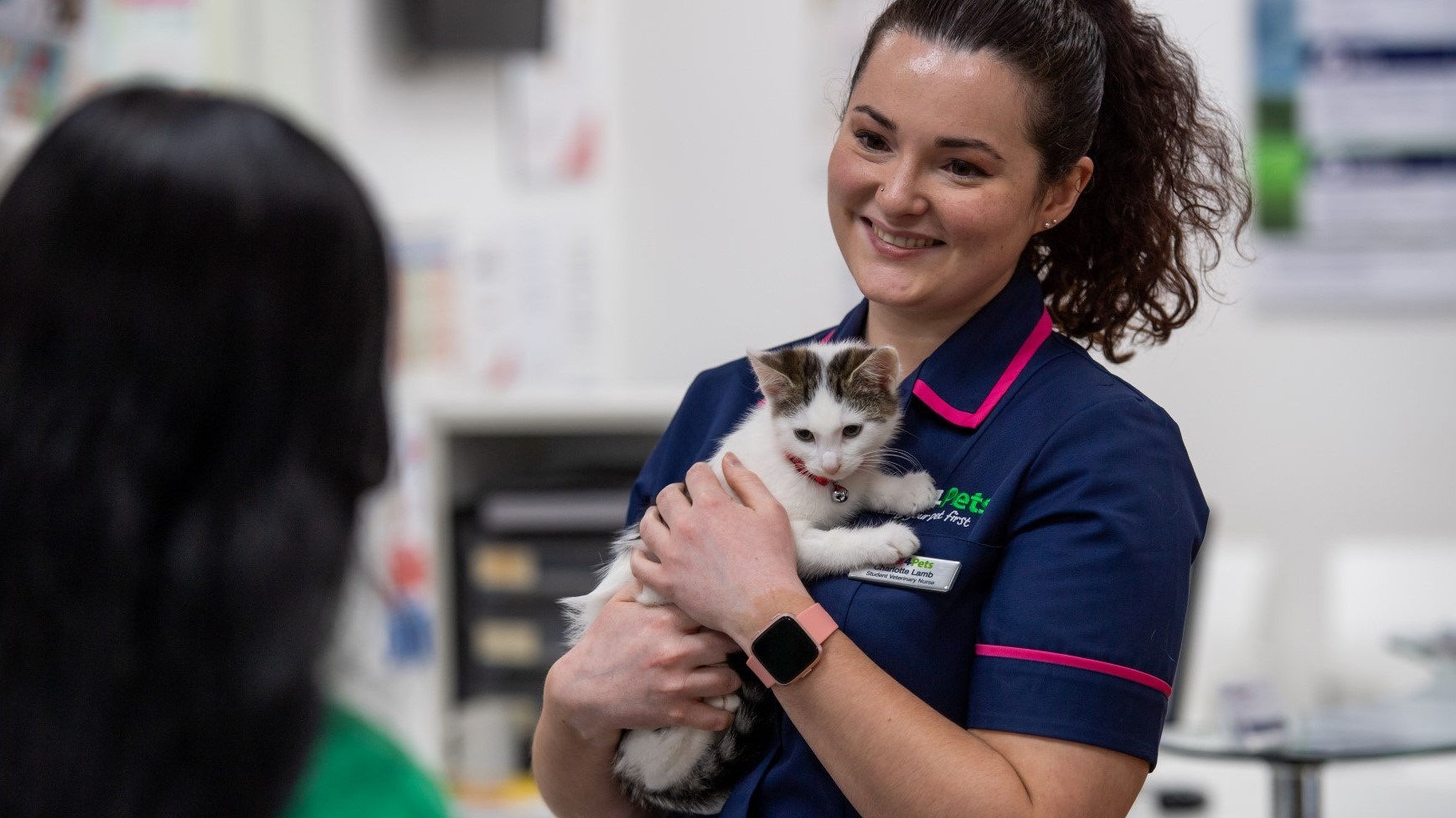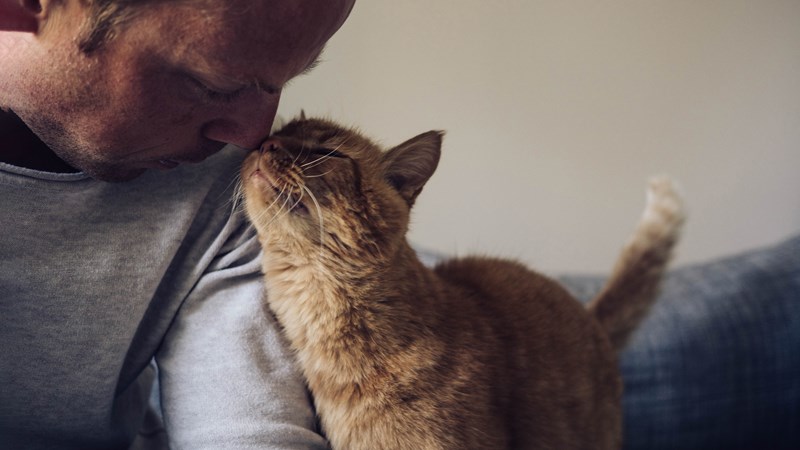
Hypertension in Cats
Hypertension is high blood pressure, which is a common condition in senior cats.
There are two types of hypertension, primary and secondary. Sometimes hypertension can be caused by an underlying condition (secondary hypertension), but it can also be a primary condition in itself (primary hypertension).
FAQs
Primary hypertension is where there is no underlying condition causing the high blood pressure.
Secondary hypertension is a complication of other underlying medical condition and is more common than primary hypertension in cats. The most common cause of secondary hypertension in cats is chronic kidney disease but other diseases can also lead to its development, such as hyperthyroidism.
- Eyes. High blood pressure can cause bleeding into the eyes, swelling or even detachment. This can lead to reduced vision or even blindness.
- Brain and nervous system. Bleeding into the brain or nervous system can cause signs such as a change in behaviour, difficultly with balance, seizures, dementia and even coma.
- Heart. Over time, high blood pressure can lead to the development of congestive heart failure due to a thickening of the tissues of the heart. Those cats affected may show signs of breathlessness and/or lethargy.
- Kidneys. Over time, high blood pressure increases the risk of kidney failure. In cats with existing kidney disease, the hypertension is likely to make the disease worse over time.
- Withdrawn or depressed
- Changes in behaviour
- Loss of confidence in the dark e.g. bumping into things
- Issues with balance or “wobbly gait”
- Seizures
- Breathlessness and/or lethargy
Early recognition of hypertension is important. This helps minimise the damaging effects of high blood pressure on the organs.
If your cat is showing signs of hypertension, speak to your local vet.
We recommend regular blood pressure checks for cats from 7 years of age.
Various techniques and equipment are available to measure blood pressure in cats. The test is similar to that used routinely in people, with an inflatable cuff placed around one of the legs or the base of the tail. Measuring blood pressure only takes a few minutes, is completely pain-free and is extremely well tolerated by most cats.
As part of the health check, your vet may also perform an eye examination. In cats affected by hypertension there might be changes to the appearance of the blood vessels at the back of the eye and to the retina itself. In more serious cases, the changes can be dramatic and include retinal detachment and bleeding into the eye.
When hypertension is diagnosed, treatment of the condition has two aims:
- To reduce the blood pressure using anti-hypertensive medications. This helps to reduce the impact of hypertension on the organs of the body.
- To investigate any underlying conditions, such as kidney disease or hyperthyroidism, which may have caused or contributed to the hypertension.
It is important to monitor the impact of treatment through regular blood pressure checks. Contact your local vet to book a blood pressure check for your cat.
Health Plans to keep your cat healthy
At Vets4Pets we offer a range of Health Plans that make essential routine treatments more affordable. You'll save money on things like annual vaccinations, flea and worm treatment and routine health check-ups.

Pet Symptom Checker
Our handy Pet Symptom Checker allows you to search your pet's symptoms and helps guide you on what to do next.

Cat Advice
Read more of our expert cat advice to keep your cat happy and healthy.
